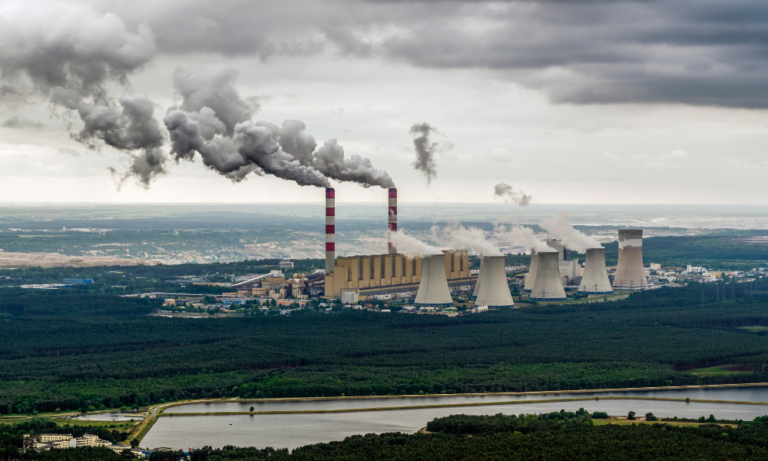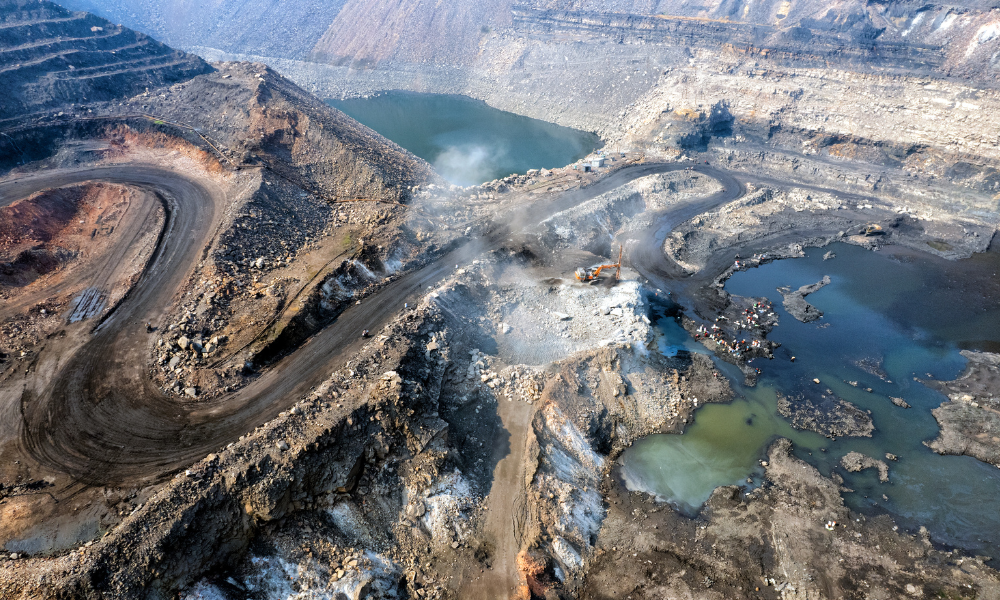Sustainable Building
Why you should care

The building industry faces a critical turning point. As a highly resource-intensive and environmentally damaging sector, its unsustainable practices threaten global ecosystems and future generations.
Excessive carbon emissions and resource depletion highlight the construction industry’s profound impact, both globally and in the UK.
Citizens and homeowners must recognise the urgent need for sustainability—not just ethically, but practically—to secure a liveable planet for their children and beyond.
The building industry’s transformation isn’t optional—it’s a desperate necessity. Citizens and homeowners hold the power to demand change, from supporting green policies to choosing sustainable homes. The clock is ticking, and the planet’s future hinges on action now. Let’s build not just for today, but for a tomorrow worth living in.
The Negative Impact of the Building Industry.
Globally, the construction and building sector is a titan of environmental destruction. It accounts for approximately 39% of energy-related carbon dioxide emissions, according to the United Nations Environment Programme’s 2020 Global Status Report for Buildings and Construction. This includes emissions from material production (like cement and steel), construction processes, and the operational energy use of buildings. The industry consumes 40% of global raw materials, depleting finite resources like sand, gravel, and timber at an alarming rate. It also generates 33% of the world’s waste, much of which ends up in landfills, contributing to pollution and habitat loss.
The embodied carbon—emissions tied to manufacturing and transporting materials—continues to rise, even as operational efficiencies improve, underscoring the industry’s outsized role in driving climate change.
In the UK, the picture is equally stark. The built environment contributes around 40% of the nation’s total carbon footprint, with 25% from construction activities and building operations, as reported by the UK Green Building Council. Domestic buildings alone account for 27% of emissions, largely from heating and energy use, while non-domestic structures add another 18%. The construction sector produces a quarter of the UK’s waste—three times more than all households combined—and 7% of its carbon emissions stem from embodied impacts of traditional materials like concrete and brick.
With the UK committed to net-zero emissions by 2050, the building industry’s current trajectory is a roadblock to that goal, exacerbating climate change, biodiversity loss, and resource scarcity.

Why Citizens and Homeowners Should Care
The consequences of an unsustainable building industry aren’t abstract—they hit close to home. For citizens and homeowners, the stakes are personal and generational. Climate change, fueled in part by construction’s emissions, brings more frequent extreme weather—floods, heatwaves, and storms—that threaten homes and livelihoods.
In the UK, rising temperatures and flooding already challenge ageing infrastructure, while globally, resource depletion jeopardises the materials needed to build future communities. Unsustainable practices also drive up energy costs, as inefficient buildings guzzle electricity and gas, straining household budgets.
For the next generation, the legacy of today’s construction could be a planet stripped of natural resources, choked by pollution, and unable to support thriving societies.

Moral Imperative
Beyond survival, there’s a moral imperative. Homeowners who invest in or demand sustainable buildings contribute to a healthier environment—better air quality, less waste, and preserved ecosystems—that their children will inherit.
Sustainable construction isn’t just about reducing harm; it’s about regeneration, creating homes that give back to the planet through energy efficiency, renewable materials, and designs that enhance biodiversity. Citizens should care because their choices—whether buying, renovating, or advocating—shape the industry’s direction.
A livable planet isn’t guaranteed; it’s a collective responsibility, and the building sector is a linchpin in that effort.
Ten Reasons to Care About Sustainable Building
- Climate Change Mitigation: Sustainable buildings cut greenhouse gas emissions, slowing global warming and its cascading effects on weather and ecosystems.
- Resource Preservation: Using recycled or renewable materials reduces the strain on finite resources, ensuring they’re available for future generations.
- Lower Energy Bills: Energy-efficient designs slash heating, cooling, and electricity costs, saving homeowners money over time.
- Healthier Living Spaces: Sustainable homes prioritise indoor air quality and natural light, boosting physical and mental well-being.
- Resilience to Extremes: Green buildings are better equipped to withstand floods, heatwaves, and storms, protecting families and investments.
- Reduced Waste: Sustainable practices minimise construction debris, curbing landfill growth and pollution.
- Economic Benefits: Green buildings often have higher property values and attract tax incentives, making them smart financial choices.
- Biodiversity Support: Designs that incorporate green roofs or natural habitats help reverse habitat loss, fostering wildlife.
- Community Strength: Sustainable construction boosts local economies by prioritising local materials and labour, and building stronger neighbourhoods.
- Legacy for the Future: Choosing sustainability today ensures a planet where the next generation can live, not just survive.

The building industry’s transformation isn’t optional—it’s a desperate necessity. Citizens and homeowners hold the power to demand change, from supporting green policies to choosing sustainable homes. The clock is ticking, and the planet’s future hinges on action now. Let’s build not just for today, but for a tomorrow worth living in.
